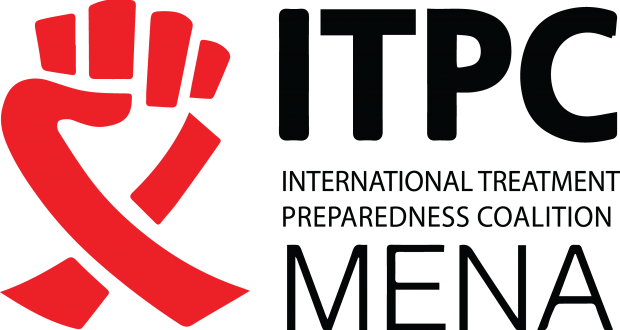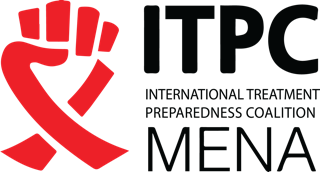
Global policy report on the prevention and control of viral hepatitis
The five viruses that cause infections of the liver are responsible for a widely prevalent and growing disease burden. No country, rich or poor, is spared. These viruses are important as they cause infectious diseases in their own right. Hepatitis A and E viruses are major foodborne and waterborne infections, which cause millions of cases of acute illness every year, with several months sometimes needed for full recovery. But viral hepatitis also makes a substantial contribution to the burden of chronic diseases and the premature mortality they cause. Worldwide, infections with hepatitis B and C viruses cause an estimated 57% of cases of liver cirrhosis and 78% of cases of primary liver cancer. The availability of a vaccine that confers lifelong protection against infection with the hepatitis B virus gives public health a rare opportunity to prevent a leading cause of cancer, especially in low- and middle-income countries.
The significance of these challenges and opportunities was formally acknowledged in 2010, when the World Health Assembly adopted its first resolution on viral hepatitis. That resolution, which called for a comprehensive approach to prevention and control, opened a new era of awareness about the magnitude of disease caused by viral hepatitis and the need for urgent action on several fronts.
As attention to viral hepatitis continues to build, so has recognition of the many strategies available for prevention and control in all resource settings. Control measures for viral hepatitis fit well with the current drive to strengthen health systems, especially as many measures touch on the fundamental capacities of a well-functioning health system. These include reaching every child with immunization programmes that include hepatitis B vaccine, protecting against mother-to-child transmission of the virus, and ensuring the safety of blood, transfusion services, organ donation, and injection practices. The broad social and environmental determinants of viral hepatitis further call for improvements in housing, sanitation, and food and water safety. The fact that many infections are silent, causing no symptoms until there is irreversible damage to the liver, points to the urgent need for universal access to immunization, screening, diagnosis, and antiviral therapy.
As hepatitis viruses show great diversity in their prevalence and modes of transmission in different parts of the world, policies and strategies for prevention and control need to be tailored to the specific national or sub-national context. The 2010 World Health Assembly resolution urged Member States to generate reliable information as a foundation for building prevention and control measures that match the local epidemiological profi le and health system capacities.
This report is a contribution to that objective. It sets out the results of a survey conducted in mid-2012 by the World Health Organization and the World Hepatitis Alliance. The survey aimed to gather country-specific baseline data on hepatitis policies in WHO Member States in all six regions. Survey data also off er insight into conditions in specific countries that may have hindered past efforts to achieve hepatitis policy objectives. Gaps that need to be filled are identified, as are specific areas of policy development where WHO assistance is needed. Such baseline data will serve as a solid benchmark as countries, supported by WHO and its partners, seek to make the “silent” epidemic of viral hepatitis more visible – and more manageable.
You can download the full report, which includes regional breakdowns of information, at: http://www.who.int/csr/disease/hepatitis/global_report/en/index.html
Dr Margaret Chan
Director-General World Health Organization










